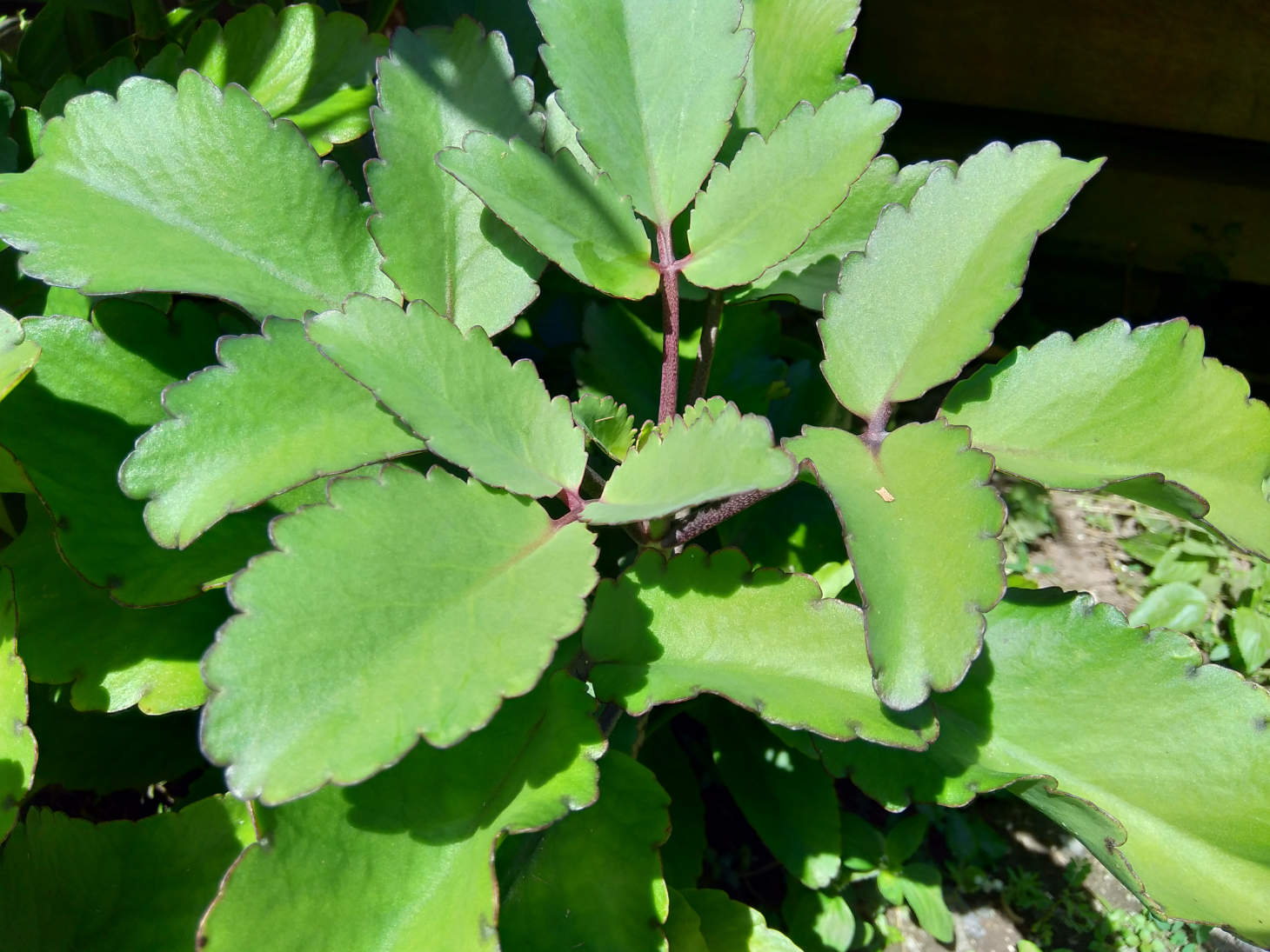Medicinal Kalanchoe
Kalanchoe, a tough little plant with a big reputation, might just be the natural remedy you’ve been looking for. This succulent has been used for ages to treat all sorts of health issues. Kalanchoe leaves contain compounds that can help fight infections, reduce inflammation, and even speed up wound healing.
Ever wondered how a plant could be so versatile? Well, kalanchoe’s got a few tricks up its sleeve. Its leaves are packed with good stuff like quercetin, which helps cuts heal faster. Some people even use it to treat stomach problems like ulcers. Pretty cool for a plant that’s also nice to look at, right?
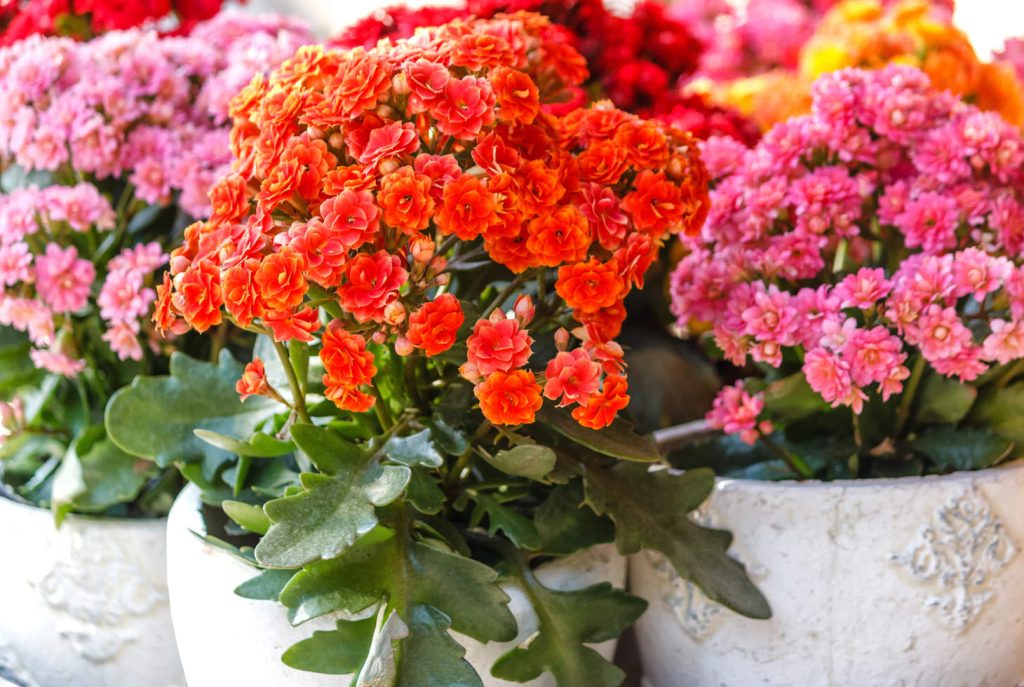
But wait, there’s more! Kalanchoe might also help with breathing issues. Some folks use it to clear up stuffy noses in winter. Others swear by it for lung problems. Just remember, while plants can be great, it’s always smart to talk to a doctor before trying new remedies.
Key Takeaways
- Kalanchoe leaves have infection-fighting and healing properties
- The plant may help with stomach issues and breathing problems
- Always check with a doctor before using kalanchoe for health reasons
Botanical Background
Kalanchoe plants are interesting succulents with unique features. They have thick leaves and can grow in many places. Let’s look at the different types and where they live.
Kalanchoe Species and Varieties
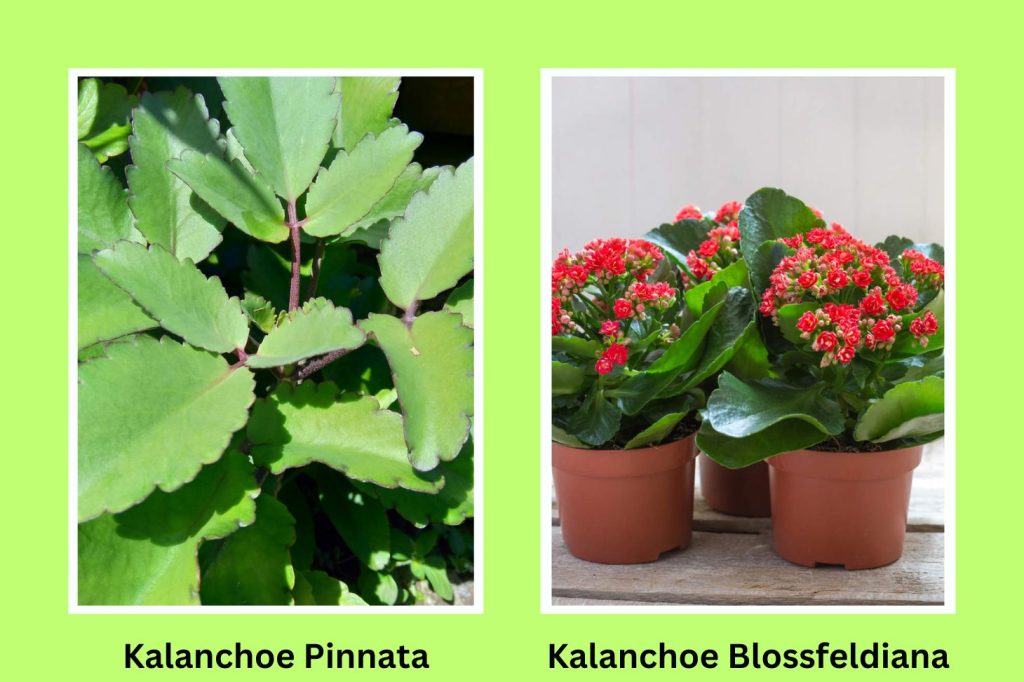
Kalanchoe is part of the Crassulaceae family. There are over 100 types of Kalanchoe. Some common ones are Kalanchoe pinnata and Kalanchoe blossfeldiana. K. pinnata is also called “mother-of-thousands” or “miracle leaf.” It’s known for tiny plantlets that grow on its leaf edges.
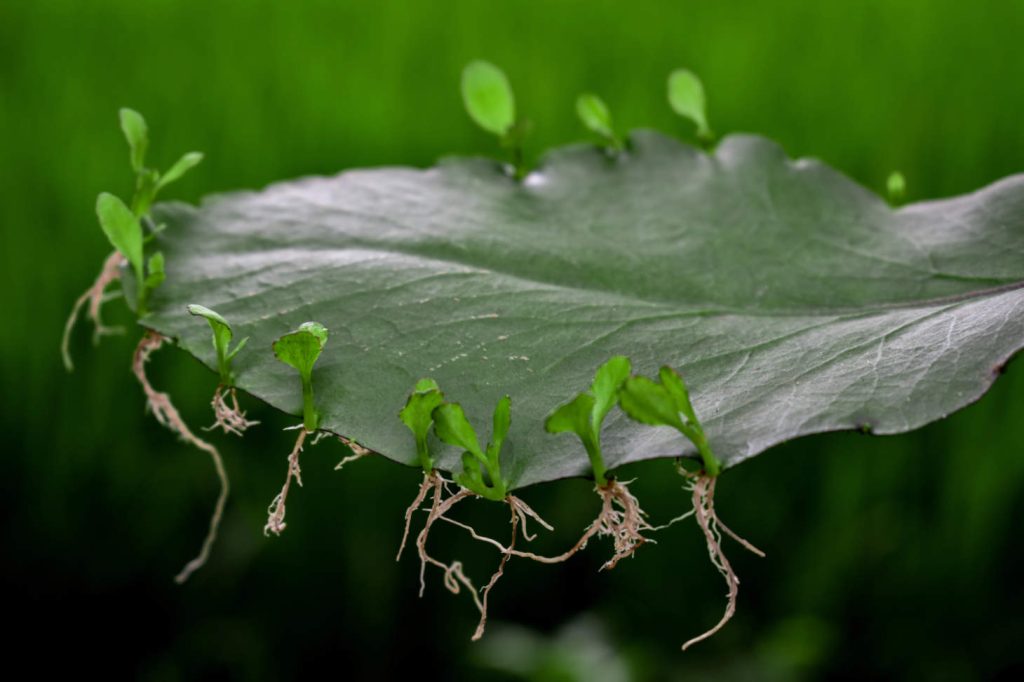
K. blossfeldiana is popular as a houseplant. It has colorful flowers in red, pink, or orange. Another neat type is K. daigremontiana, nicknamed “mother of millions.”
These plants use a special way to make food called Crassulacean Acid Metabolism (CAM). This helps them save water in dry places.
Habitat and Cultivation
You can find Kalanchoe plants in many warm parts of the world. They grow wild in Africa, Madagascar, and parts of Asia. Some have spread to other tropical areas too.
Kalanchoe likes sunny spots but can handle some shade. They don’t need much water and do well in dry soil. This makes them easy to grow at home.
You can grow them outside in warm climates. In colder places, they make great indoor plants. They prefer well-draining soil to prevent root rot.
You could try mixing your own Kalanchoe potting mix, sourcing ingredients like perlite, pumice, and coco coir. But this can be tricky, often requiring buying ingredients in bulk, leaving you with waste.
Why bother? Our high-performing succulent soil is perfectly formulated for Kalanchoe, providing excellent drainage, aeration, and the right nutrients. We’ve taken the guesswork out of potting, so you can confidently give your Kalanchoe the best start. It has all the right stuff!
Ready to try our soil?
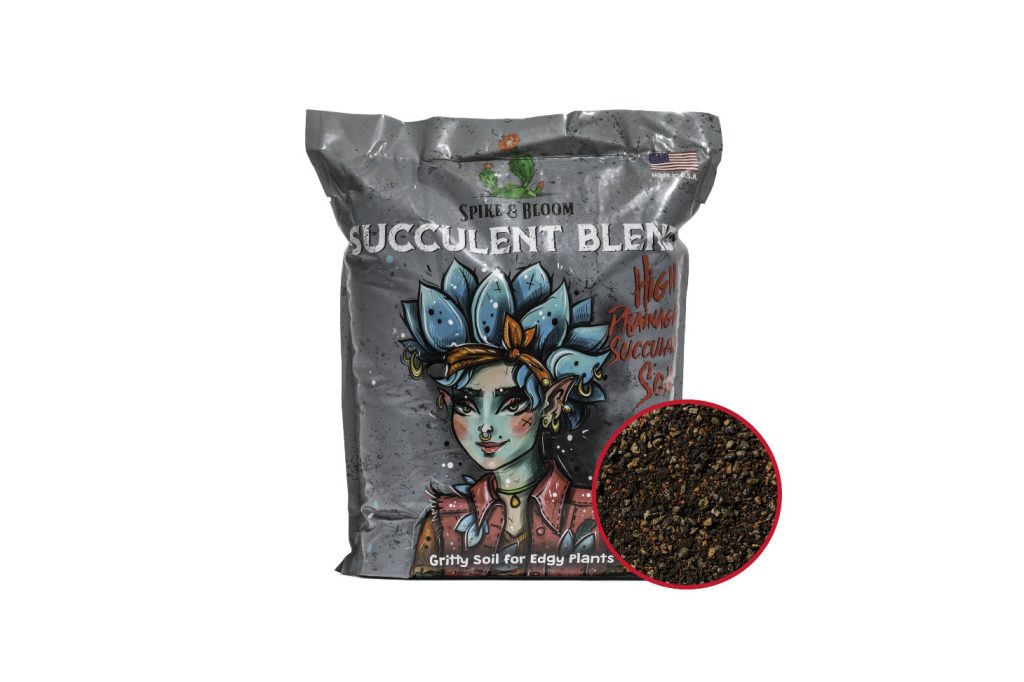
Kalanchoe can spread quickly in the right conditions. In some places, they’ve become invasive. Be careful if you plant them outside where it’s warm year-round.
Therapeutic Potential and Health Benefits
Kalanchoe plants offer many healing properties. They can help with pain, skin issues, and various health problems. Let’s look at some key ways these plants may benefit your health.
Addressing Inflammation and Pain

Kalanchoe has natural pain-fighting abilities. It can ease aches and reduce swelling in your body. This may help with headaches and other painful conditions.
You might find relief from:
- Joint pain
- Muscle soreness
- Arthritis symptoms
The plant’s leaves contain compounds that work like mild painkillers. They can block pain signals and lessen inflammation.
For best results, you can apply kalanchoe gel or juice directly to sore spots. Kalanchoe tea, particularly from the Kalanchoe pinnata species, may offer some pain relief due to its anti-inflammatory properties. However, it’s important to note that scientific research on the pain-relieving effects of Kalanchoe tea is limited, and it should not be considered a replacement for conventional medical treatment.
Healing and Skin Care

Kalanchoe is great for your skin. It can speed up healing and improve skin health.
Benefits for your skin:
- Faster wound healing
- Soothing sunburns
- Reducing wrinkles
- Reducing acne lesions, especially when combined with other acne-fighting ingredients
The plant’s juice has antibacterial properties. This helps prevent infections in cuts and scrapes.
You can use kalanchoe on:
- Minor burns
- Insect bites
- Rashes
- Dry skin
Try making a simple skin salve by mixing kalanchoe juice with aloe vera gel. Apply it to problem areas twice a day.
Protection from Oxidative Stress

Kalanchoe is packed with antioxidants. These fight harmful free radicals in your body.
Antioxidant benefits:
- Slows aging processes
- Protects cells from damage
- May lower cancer risk
The plant contains flavonoids and other powerful compounds. These help shield your body from oxidative stress.
You can boost your antioxidant intake by:
- Drinking kalanchoe tea
- Adding leaves to smoothies
Some studies suggest that certain compounds found in kalanchoe plants may have antioxidant and anti-inflammatory properties that could potentially contribute to cellular health. However, more research is needed to fully understand the long-term effects of regular kalanchoe consumption on human health and to determine safe and effective dosages.
Internal Health and Disease Prevention
Kalanchoe has been used in traditional medicine for various health concerns.
Potential benefits:
- Easing stomach problems
- Supporting heart health
- Regulating blood sugar
The plant has shown promise in treating gastritis and ulcers. Its anti-inflammatory effects can soothe your digestive tract.
Kalanchoe may also have anticancer properties. Early studies suggest it might slow tumor growth.
For internal use, try:
- Kalanchoe tea
- Tinctures
- Capsules
Always check with your doctor before using kalanchoe as medicine. It can interact with some medications.
Medicinal Use and Pharmacological Activity
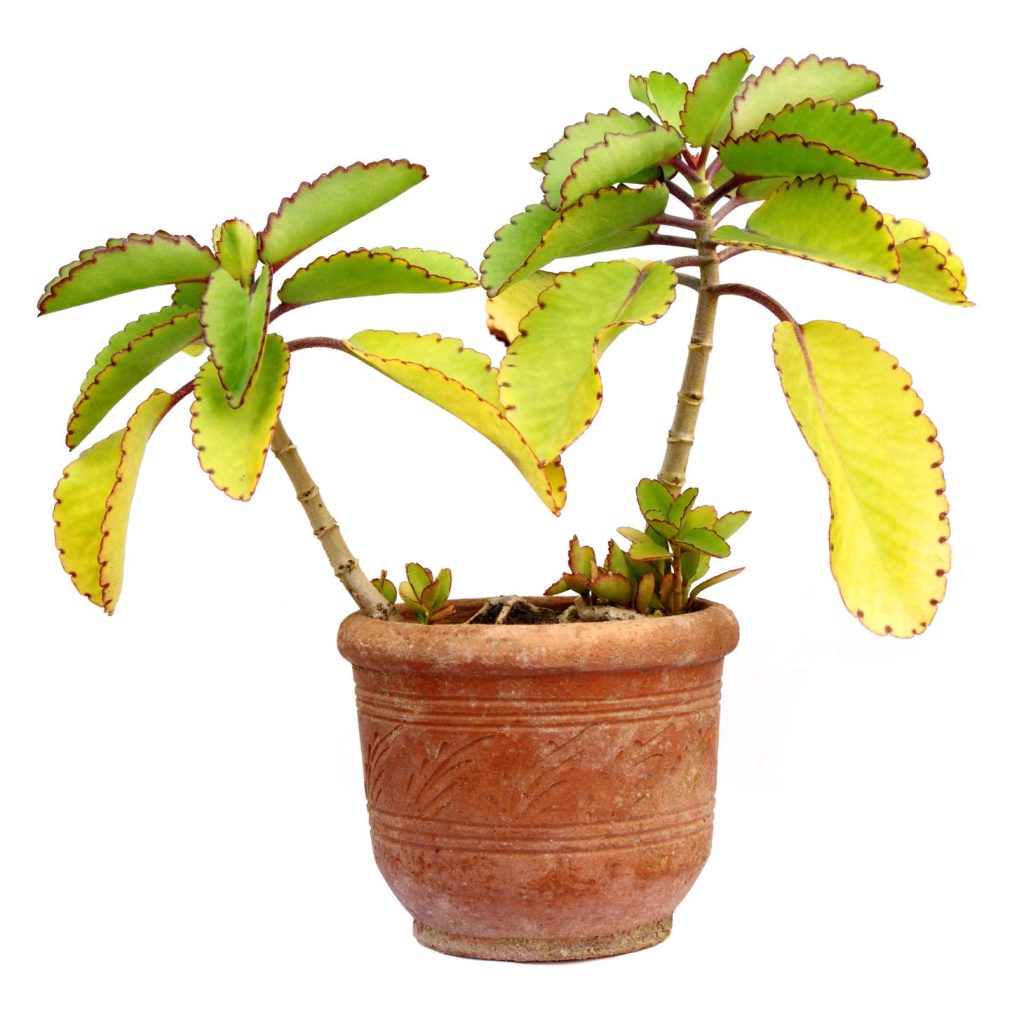
Kalanchoe plants have a long history of use in folk medicine. They contain many bioactive compounds that scientists are now studying for potential health benefits.
Traditional Remedies and Folk Medicine
People have used kalanchoe as an herbal remedy for centuries. You might brew kalanchoe tea to help with stomach issues or infections. Some cultures apply the leaves to wounds or skin problems. The plant is thought to help with pain, inflammation, and even kidney stones.
Kalanchoe is part of traditional medicine in many places around the world. It’s often used for its supposed healing properties. The leaves and juice are the main parts used in folk treatments.
Modern Pharmaceutical Research
Scientists are now looking at kalanchoe more closely. They’ve found some interesting compounds in the plant:
- Flavonoids like quercetin
- Phenolic compounds
- Triterpenes
- Bufadienolides
These chemicals might be behind kalanchoe’s effects. Researchers are testing them in labs. Some studies show that kalanchoe extracts might fight cancer cells. Others suggest they could help with infections or inflammation.
It’s important to note that most studies are still in early stages. Kalanchoe shows potential medicinal properties, but it is not yet classified as a proven medicine due to limited clinical evidence and safety concerns.
Safety Profile and Precautions
Kalanchoe can be helpful, but you need to be careful when using it. There are some risks to watch out for and rules to follow to stay safe. Let’s look at what you should know before trying this plant.
Understanding Potential Side Effects

Kalanchoe might cause some unwanted effects. You could get an upset stomach, feel dizzy, or have changes in your heart rate. Some people get skin rashes when they touch the plant.
If you’re pregnant or breastfeeding, it’s best to avoid kalanchoe. The plant can act as a muscle relaxant, which might not be safe for you or your baby.
Usage Recommendations and Toxicity Concerns
If you’re considering using kalanchoe for medicinal purposes, consult with a qualified healthcare professional first. While some traditional practices use kalanchoe, scientific evidence supporting its safety and effectiveness is limited.
If you and your doctor decide it’s appropriate for you to try, start with very small amounts and monitor for any adverse reactions. Do not use kalanchoe long-term without medical supervision.
Be extra careful if you have heart problems or take heart medicine. Kalanchoe can change your heart rate.
The plant can be toxic if ingested, especially in large quantities. Signs of poisoning include:
- Nausea
- Vomiting
- Dizziness
- Confusion
Don’t use kalanchoe for urinary infections or female reproductive system issues without medical advice. It’s not a proven fix for these problems.
If you have any bad reactions, stop using kalanchoe right away and get medical help.
Emerging Areas of Interest
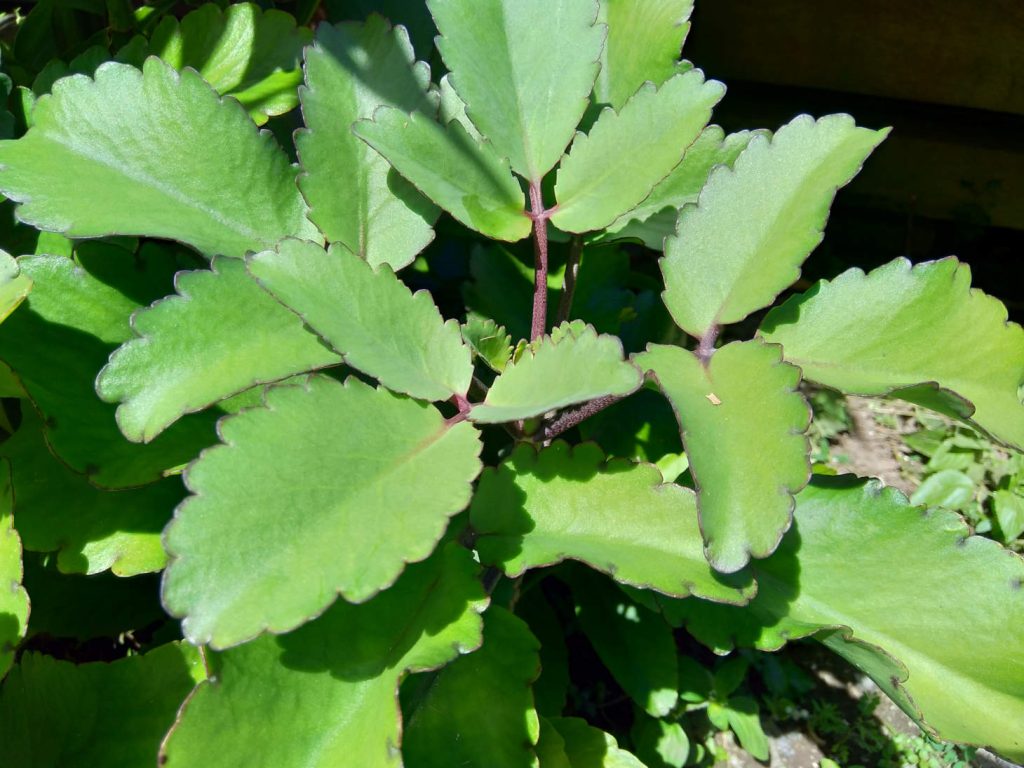
Scientists are looking at new ways to use Kalanchoe plants as medicine. They’re studying how these plants might help with infections and fit into holistic health approaches.
Research on Infectious Diseases
You might be surprised to learn that Kalanchoe could help fight germs. Scientists are testing it against bacteria and viruses. Some early studies show promise for treating respiratory issues.
Kalanchoe extracts seem to have antimicrobial properties. This means they might kill or slow down harmful microbes. Researchers are especially interested in how this could help with COVID-19.
The plants may have properties that could potentially support the immune system. This could be beneficial for overall health, but more research is needed to understand the specific effects on conditions like colds and flu.
Kalanchoe in Integrative Medicine
Doctors are starting to use Kalanchoe as part of bigger treatment plans. It’s not just for folk medicine anymore. You might see it used alongside regular treatments for some health issues.
Kalanchoe could help with pain relief. Some people use it for arthritis pain. It may work as a natural anti-inflammatory.
The plant might also help with diabetes. Early research shows it could lower blood sugar levels. This is exciting news for people looking for natural ways to manage diabetes.
Kidney stones are another area of interest. Kalanchoe may help treat kidney stones. More research is needed, but it’s a promising lead.
Frequently Asked Questions
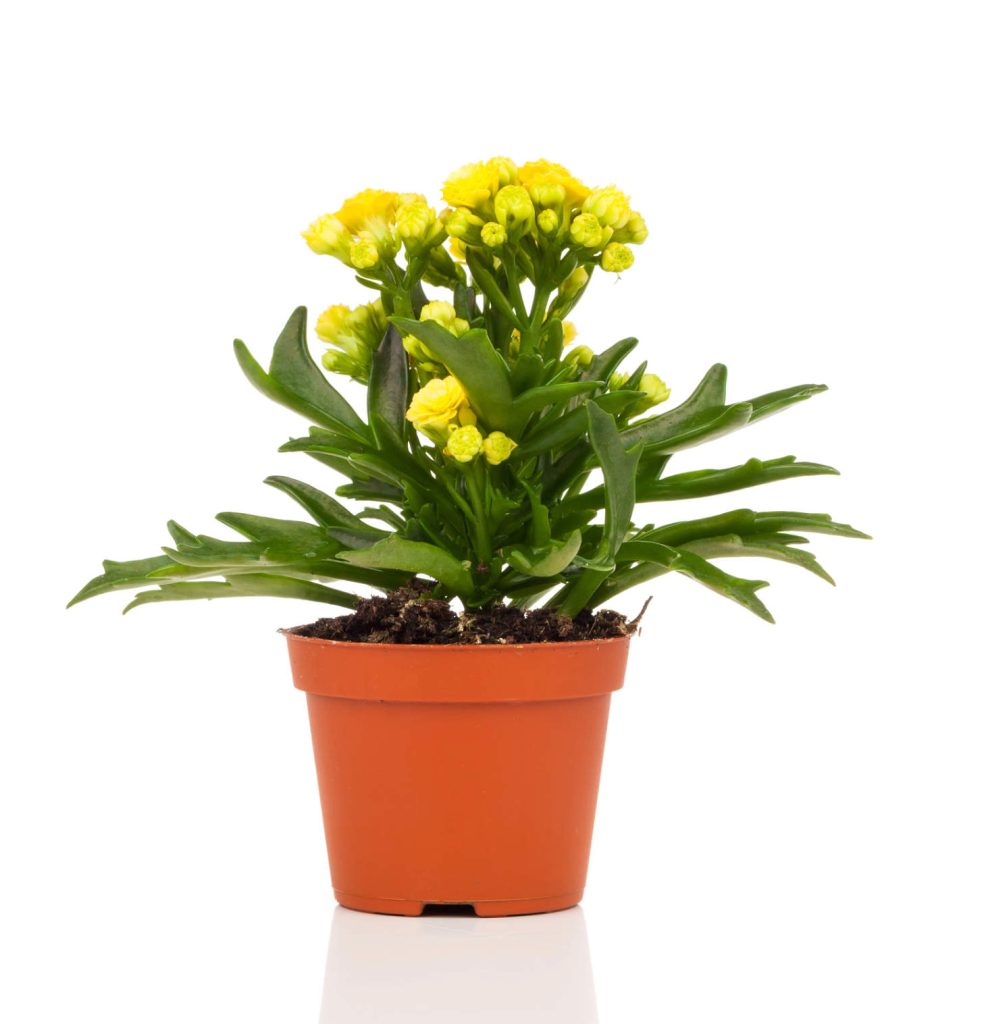
Kalanchoe pinnata has many uses in traditional medicine. People often want to know more about its benefits and how to use it safely. Let’s look at some common questions about this plant.
What are the health benefits of using Kalanchoe pinnata?
Kalanchoe pinnata might help with several health issues. It’s known for fighting inflammation and helping wounds heal. Some people use it to ease stomach problems or headaches. The plant also has compounds that may fight germs.
How can Kalanchoe be used for medicinal purposes?
You can use Kalanchoe in different ways. Some folks make a paste from the leaves to put on cuts or bruises. Others brew tea from the leaves. You might also find creams or oils made with Kalanchoe for skin issues.
Can Kalanchoe leaves be consumed, and are they safe to eat?
Some Kalanchoe species are used in traditional medicine, but it’s important to be cautious. While some people chew the leaves or add them to salads in small amounts, not all species are safe to eat. Some Kalanchoe contain toxins that can be harmful to the heart. It’s crucial to consult with a doctor before consuming any Kalanchoe, especially if you have any health conditions or take other medications.
What are the advantages of drinking tea made from Kalanchoe pinnata?
Kalanchoe tea, made from the leaves of the kalanchoe plant, is a traditional remedy used in some cultures. While there is limited scientific evidence to support all of its purported benefits, some studies suggest that it may have potential health properties.
Is there any scientific evidence to support the anti-inflammatory properties of Kalanchoe?
Some studies show Kalanchoe has anti-inflammatory effects. Scientists have found compounds in the plant that can reduce swelling. More research is needed, but early results are promising.
How do you prepare Kalanchoe for herbal remedies?
To make a simple remedy, wash fresh Kalanchoe leaves. You can crush them to make a paste for skin use. For tea, steep a few leaves in hot water for 5-10 minutes. Some people dry the leaves first. Always start with a small amount to see how your body reacts.

